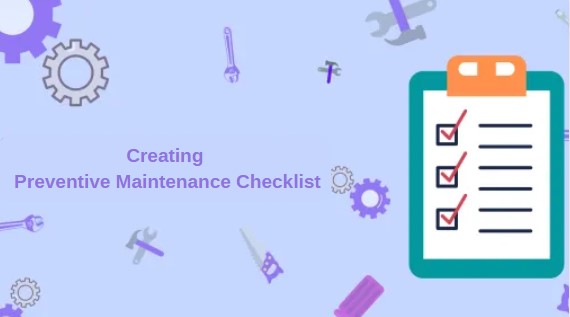
5 Ways to Create Preventive Maintenance Checklists for Facilities
Pratik Lohiya |
23 Jan 2024 |
11:33 AM
- Developing a Comprehensive Preventive Maintenance Checklist
- Work with the Right People
- Asset Audit and Inclusion Criteria
- Defining Goals for Your Checklist
- Outlining Specific Tasks
- Monitoring and Adjusting the Checklist
- Preventive Maintenance Schedule Explained
- The Significance and Structure of a Preventive Maintenance Schedule
- Creating Effective Facilities Preventive Maintenance Checklists
- Four Categories of Facility PM: Inspection, Detection, Correction, Prevention
- Benefits of a Facility Preventive Maintenance Program
- The Role of Work Order Software (CMMS)
- Benefits of Using PM Checklists
- Exploring Facilities Management Checklists: Why Should You Use Them?
- Reduced Incidence of Human Error
- Workplace Consistency and Continuity
- Quicker Inspections
- Improved Troubleshooting Practices
- Streamlined PM Planning
- Crafting an Effective Preventive Maintenance Checklist for Facilities Management
- Conclusion

Smarter Decision-Making in Manufacturing: The Role of CMMS
Viki Dongare 03 Jun 2024 | 08:07 AMLearn how CMMS (Computerized Maintenance Management System) software is transforming maintenance management in manufacturing plants. Gain insights on how it is streamlining work order management, boosting efficiency, saving costs, and enhancing safety...
Understanding the Importance of Preventive Maintenance
Preventive maintenance, the cornerstone of facility management, transcends the realms of mere repairs; it's a proactive strategy that safeguards against costly repairs and unplanned downtime. In this section, we'll explore how to create a preventive maintenance checklist, highlighting how it not only enhances equipment reliability but also contributes to the overall operational efficiency.
Developing a Comprehensive Preventive Maintenance Checklist
Crafting an effective preventive maintenance checklist requires a strategic approach. This segment will guide you through the step-by-step process of developing a comprehensive checklist. By the end, you'll be equipped with the knowledge to create a robust framework tailored to your facility's unique needs.
Work with the Right People
Success in preventive maintenance hinges on collaboration. We'll delve into the importance of assembling the right team, featuring skilled maintenance technicians and a knowledgeable maintenance manager. This collaborative approach ensures that preventive maintenance tasks are executed with precision and adherence to the preventive maintenance schedule.
Asset Audit and Inclusion Criteria
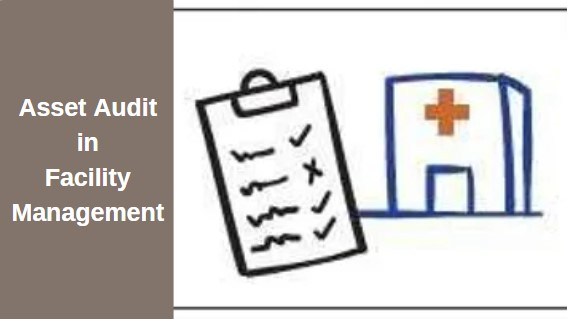
Before embarking on preventive measures, a thorough asset audit is imperative. This section will guide you through the meticulous process of assessing and categorizing critical assets. Understanding the inclusion criteria for your preventive maintenance plan is crucial for prioritizing resources and efforts efficiently.
Defining Goals for Your Checklist
Every checklist should align with specific goals. Here, we'll outline the strategic importance of setting clear objectives for your maintenance processes. By defining goals, you not only streamline the maintenance process but also enhance the overall effectiveness of your facility's preventive maintenance program.
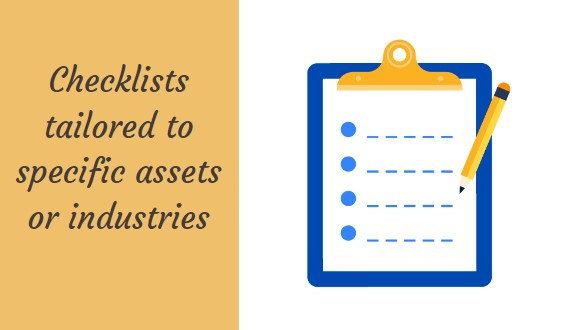
Outlining Specific Tasks
Detail is key when outlining specific tasks in your preventive maintenance checklist. This section will provide insights into breaking down complex maintenance task into manageable, actionable steps. The result is a checklist that guides your maintenance team with precision and clarity.
Monitoring and Adjusting the Checklist
Preventive maintenance is an evolving process. In this segment, we'll explore the significance of continuous monitoring and adjustment of your checklist. By leveraging preventive maintenance software and historical data, you can fine-tune your checklist for optimal performance, ensuring that it remains a dynamic tool in your facility management program.
Preventive Maintenance Schedule Explained
A well-structured preventive maintenance schedule is key to a proactive maintenance strategy. This section will unravel the intricacies of an effective preventive maintenance schedule, emphasizing its role in minimizing downtime and optimizing equipment performance.
By adhering to a well-thought-out schedule, facilities can avoid the pitfalls of reactive maintenance, ensuring that maintenance tasks are performed at optimal intervals. From routine inspections to critical equipment checks, we'll explore how a preventive maintenance schedule serves as the guiding framework for a seamless maintenance workflow.
The Significance and Structure of a Preventive Maintenance Schedule
In the facility management context, understanding the significance and structure of a preventive maintenance schedule is paramount. This segment will delve into the strategic aspects of scheduling, highlighting its role in preserving equipment reliability and minimizing unexpected breakdowns.
There are categories of preventive maintenance tasks, ranging from routine inspections to more specialized procedures, emphasizing how a well-structured schedule ensures that each task is performed at the right frequency. By the end of this section, you'll have a comprehensive understanding of how a meticulously crafted preventive maintenance schedule enhances the overall operational efficiency and longevity of your facility's assets.
Creating Effective Facilities Preventive Maintenance Checklists
Crafting a meticulous preventive maintenance checklist for your facilities is the first step of a proactive facility preventive maintenance strategy. This section discusses the importance of preventive maintenance checklists and emphasize on the collaboration between maintenance teams and managers.
Leveraging preventive maintenance software ensures that the checklist aligns seamlessly with your preventive maintenance plan, streamlining routine maintenance tasks. From routine inspections to specialized maintenance activities, this guide will empower you to tailor your checklist to the unique needs of your facility, fostering operational efficiency and longevity of assets.
Four Categories of Facility PM: Inspection, Detection, Correction, Prevention
Facility preventive maintenance operates on a four-pronged approach: Inspection, Detection, Correction, and Prevention. Routine inspections ensure the health of your equipment, while detection involves identifying potential issues. Correction steps in when issues are detected, and prevention lays the groundwork for proactive measures.
By understanding and incorporating these categories into your maintenance strategy, you create a robust framework that addresses issues at every stage, enhancing the resilience of your facility against unexpected disruptions.
Benefits of a Facility Preventive Maintenance Program
Implementing a well-structured facility preventive maintenance program is a strategic investment with multifaceted advantages. There are host of benefits that such a program brings. From optimizing asset performance and reducing maintenance costs to enhancing workplace safety, the strategic role of a facility PM program cannot be undermined.
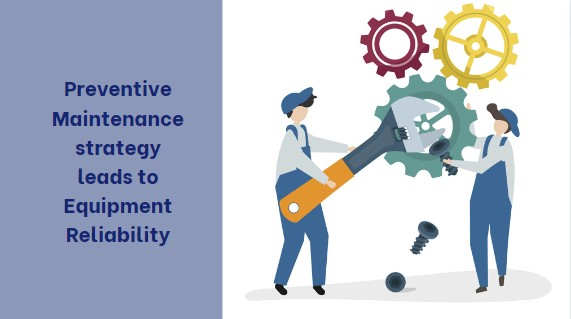
The benefits include enhanced equipment reliability, optimal asset performance, reduced maintenance costs, streamlined planning and execution and improved workplace safety. By adopting the right preventive maintenance software, organizations can avoid emergency repairs, streamline planning, and improve overall facility maintenance.
The Role of Work Order Software (CMMS)
CMMS, often referred to as work order software, streamlines and elevates the entire maintenance process. From work order creation to asset tracking and maintenance history documentation, CMMS emerges as a central hub that enhances transparency, efficiency, and overall operational effectiveness in facility management.
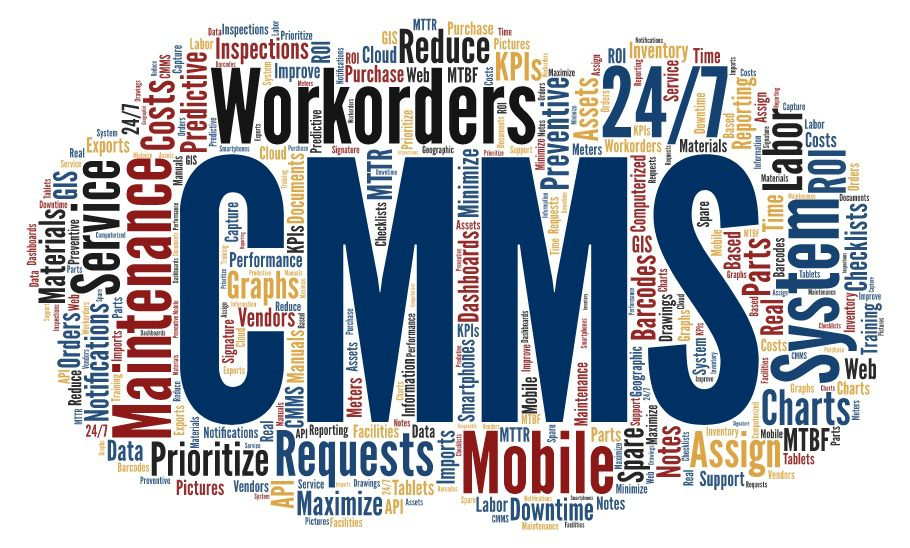
Benefits of Using PM Checklists
Utilizing comprehensive preventive maintenance checklists is not merely a task; it's a strategic advantage for any facility. These checklists contribute to reduced human error, workplace consistency, and quicker inspections. By providing a structured approach to routine tasks and troubleshooting practices, Preventive Maintenance checklists become indispensable tools for facilities aiming to streamline planning and preventing equipment failure.
Exploring Facilities Management Checklists: Why Should You Use Them?
Facilities management checklists are indispensable tools in the arsenal of effective facility management. These systematic guides offer a strategic approach to organizing and executing maintenance tasks, contributing significantly to the overall efficiency and reliability of facility operations. The widespread adoption of facilities management checklists has a great impact on optimizing preventive maintenance practices in an organization.
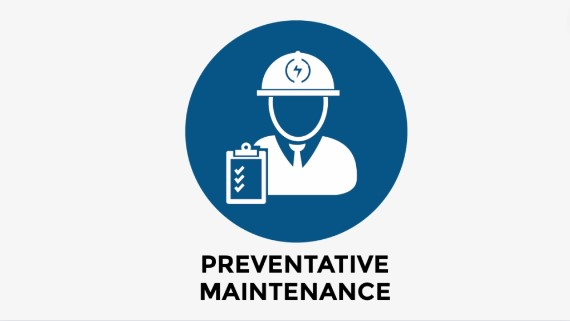
It ensures regulatory compliance and streamlines routine tasks. These checklists provide a comprehensive framework that enhances regular maintenance schedules.
Reduced Incidence of Human Error
The risk of human error looms large in facility management. Maintaining checklists helps in mitigating this risk, fostering a culture of accuracy and reliability within maintenance teams. By providing a systematic guide for specific tasks, checklists significantly reduce the likelihood of oversights and mistakes.
From routine inspections to critical equipment checks, the structured nature of checklists ensures that each task is executed with precision, minimizing errors, equipment downtime, costly repairs and performing maintenance tasks effectively.
Workplace Consistency and Continuity
Consistency is the bedrock of effective facility management practices. This section underscores how facilities management checklists contribute to maintaining uniformity across tasks, fostering workplace consistency and continuity.

By creating standardized processes, these checklists ensure that maintenance tasks are executed consistently, laying the foundation for continuous improvement. The culture of uniformity not only enhances efficiency but also allows facilities to adapt and evolve their practices for optimal performance over time.
Quicker Inspections
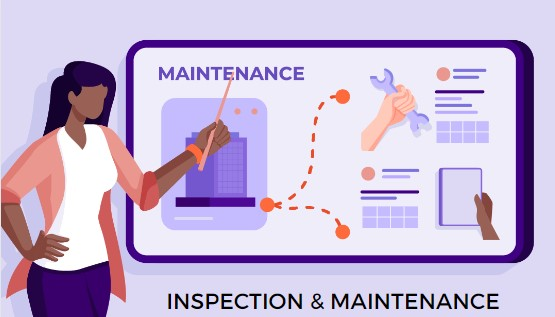
In the fast-paced realm of facility management, time is of the essence, especially when it comes to inspections. And checklists play a pivotal role in expediting inspection processes. By providing a structured guide for facility managers, these checklists streamline the inspection process, enabling swift identification of potential issues. The efficiency gained not only saves valuable time but also enhances the overall agility and responsiveness of facility management teams in addressing maintenance needs promptly.
Improved Troubleshooting Practices
Troubleshooting is an inevitable aspect of facility management, and this section focuses on how checklists enhance troubleshooting practices. Businesses employing these checklists agree how they serve as valuable tools for diagnosing and addressing issues efficiently. From identifying root causes to implementing corrective measures, checklists provide a systematic approach, empowering maintenance teams to troubleshoot with precision and speed, minimizing downtime and operational disruptions.
Streamlined PM Planning
Effective preventive maintenance planning is the backbone of successful facility management. This section explores how checklists contribute to the streamlined planning of preventive maintenance activities. By offering a structured framework for planning and executing preventive maintenance task, checklists ensure that scheduling routine inspections and optimizing maintenance schedules are efficient and aligned with the overarching goals of the facility's preventive maintenance plan.
Crafting an Effective Preventive Maintenance Checklist for Facilities Management
An effective Preventive Maintenance checklist is critical for ensuring smooth operation and minimizing unplanned downtime. It serves as a proactive tool to identify and address potential issues before they escalate, minimizing downtime and maximizing operational efficiency. Here are five essential ways to comprehensively create a preventive maintenance checklist tailored for Facilities Management.
Firstly, understanding the facility's unique needs and functions is paramount. A detailed assessment of equipment, hvac systems, and critical infrastructure enables the identification of specific components requiring regular maintenance. This initial step lays the foundation for a targeted and efficient checklist.
Secondly, prioritize equipment based on criticality and frequency of use. Not all assets require the same level of attention, and a strategic approach ensures that resources are allocated where they are most needed. By categorizing equipment into high, medium, and low priority, facility managers can streamline their maintenance efforts and focus on areas that have the greatest impact on overall operations.

The third key aspect is incorporating manufacturer recommendations and industry best practices. Equipment suppliers often provide guidelines for maintenance intervals and procedures. By integrating these recommendations into the PM checklist, facility managers can adhere to industry standards, enhance equipment performance, and prolong the lifespan of assets.
Fourthly, leverage technology to streamline the PM checklist process. Implementing Computerized Maintenance Management Systems (CMMS) or Facility Management Software allows for the automation of routine tasks, tracking of maintenance history, and generation of timely alerts for upcoming tasks. This not only enhances the efficiency of the maintenance team but also ensures a systematic and organized approach to preventive maintenance.
Lastly, regularly review and update the PM checklist. Facilities evolve over time, and so do the requirements for preventive maintenance. Conduct periodic reviews to assess the effectiveness of the checklist, make adjustments based on performance data, and incorporate any changes in equipment or facility layout.
Conclusion
Creating an effective preventive maintenance checklist is not just a routine task but a strategic imperative for successful facilities management. Through the five comprehensive steps outlined in this guide, maintenance technician can establish a proactive approach that minimizes unplanned downtime, reduces maintenance costs, and enhances overall operational efficiency.

Understanding the unique needs of the facility, prioritizing equipment based on criticality, and incorporating manufacturer recommendations form the foundational layers of a robust preventive maintenance checklist. This ensures that resources are allocated efficiently, focusing on high-impact areas to maximize the longevity and performance of critical assets.
The integration of technology, such as Computerized Maintenance Management Systems (CMMS), elevates the checklist process by automating routine tasks and providing a centralized platform for streamlined maintenance operations. This not only enhances the efficiency of the maintenance team but also contributes to the overall transparency and organization of preventive maintenance activities.
Regularly reviewing and updating the preventive maintenance checklist is the final key to sustained success. Facilities are dynamic environments that evolve over time, and so should their maintenance strategies. Periodic assessments allow for adjustments based on performance data, technology upgrades, or changes in facility layout, ensuring that the preventive maintenance checklist remains a dynamic and effective tool in the facility management arsenal.
By implementing these five essential steps, facility managers can navigate the complexities of preventive maintenance with confidence, creating a checklist that not only addresses current needs but also adapts to future challenges. The result is a proactive and resilient facilities management approach that safeguards against costly repairs, enhances equipment reliability, and contributes to the overall success of the organization.